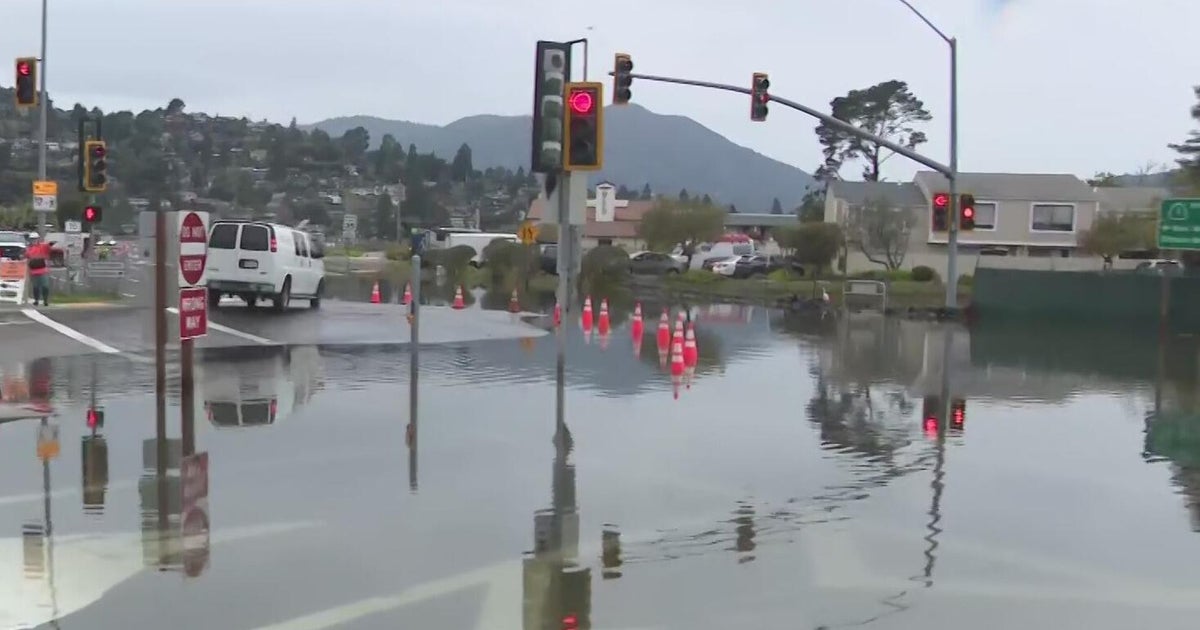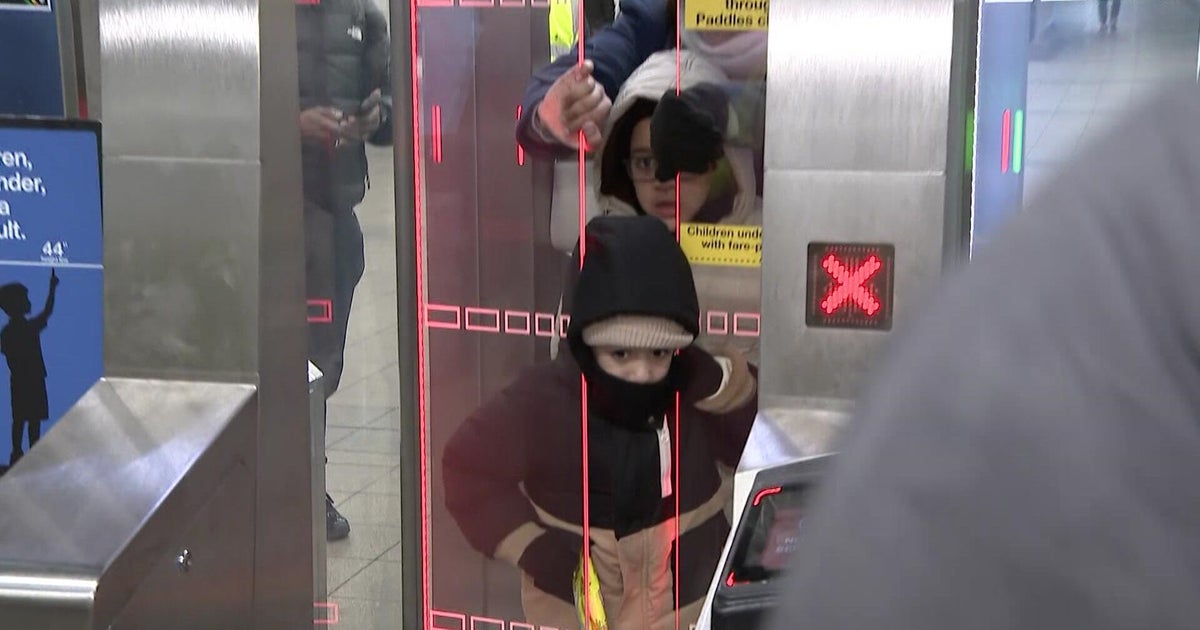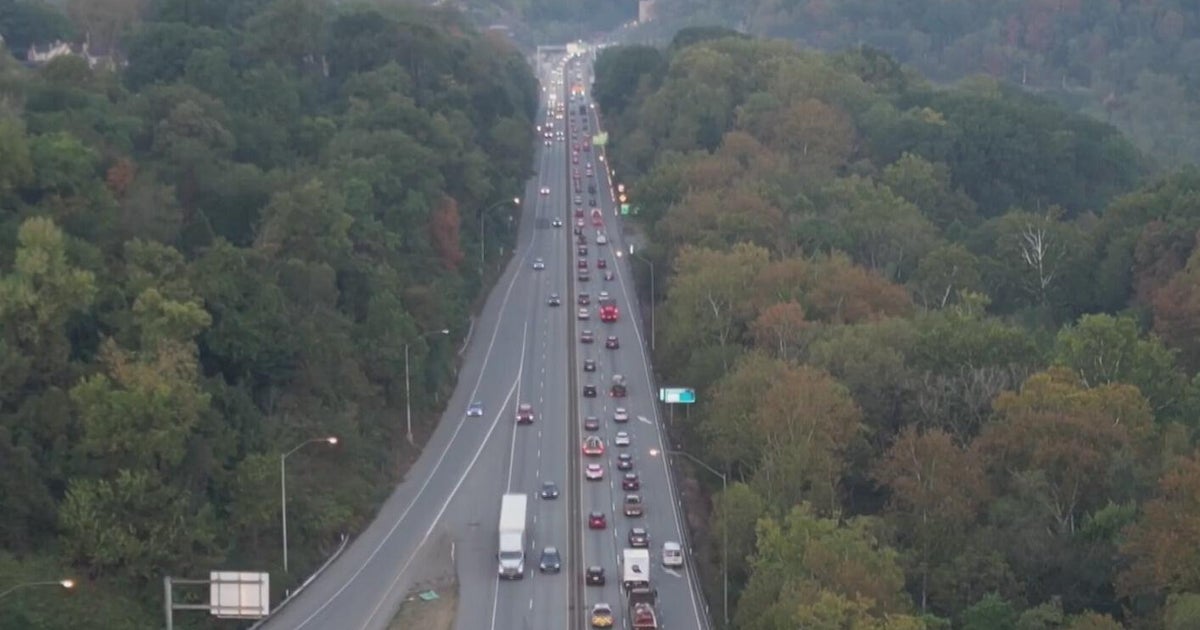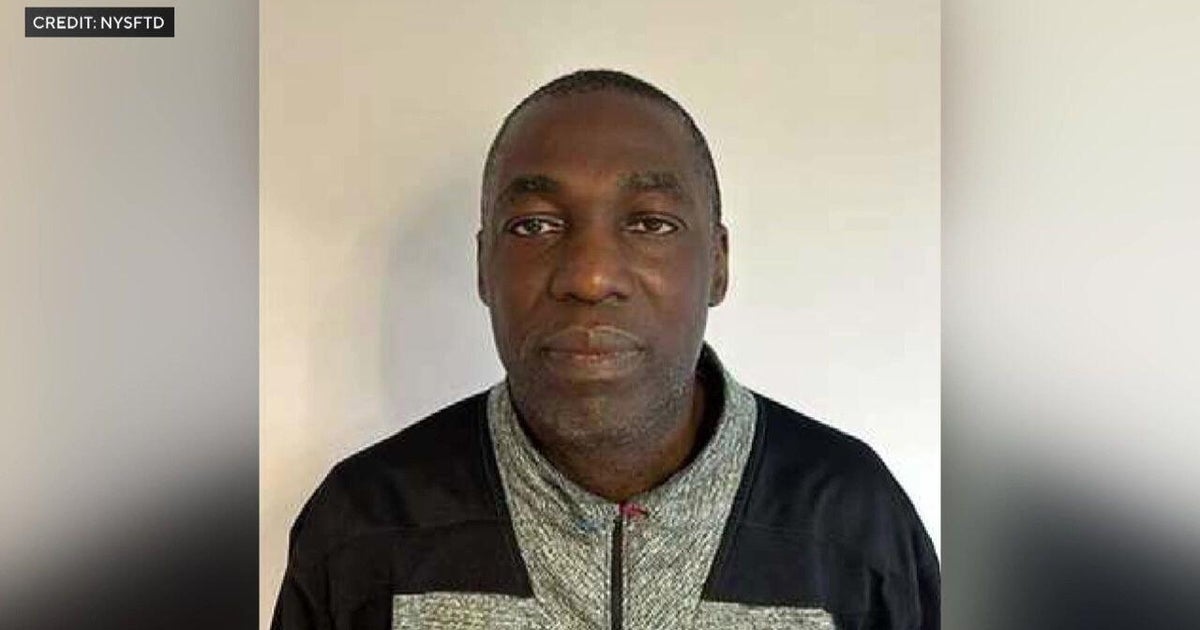10 Secrets Of The Golden Gate Bridge
(CNN) -- An icon of the San Francisco Bay Area, the Golden Gate Bridge is more than a means for drivers to cross between the city of San Francisco and Marin County to the north.
A grand presence in California since it first opened after four years of construction in 1937 at a cost of $27 million, the bridge has made its appearance in film ("The Maltese Falcon" and "Invasion of the Body Snatchers") and poetry ("The Changing Light" by beat poet Lawrence Ferlinghetti) and contributed to local folklore.
And yet it's also a working bridge, with about 200 employees working around the clock maintaining the bridge for more than 100,000 cars crossing daily, as well as pedestrians, bikers and people riding the bridge's ferries and buses.
From the engineers and ironworkers and electricians who maintain the bridge to the painters who keep it coated in International Orange, there's as much life under and around the bridge as there is moving over it.
"You get those nice days where it's 75 degrees out here and it's clear, and you can see the Farallons (islands), I could see Alcatraz, I could see the whole city," says bridge painter Brian Russell."If we have a job on the cables, you get to walk the cables and you're all like, "you know what I have a pretty cool job.'"
Ironworker Darren McVeigh loves to see the bridge when the sun is rising or setting. "When the moon is behind the bridge in the morning, it's really nice and it's really calm, clear skies. It's just a beautiful, beautiful sight," he said. "My favorite part is just to be able to say that I work on the Golden Gate Bridge. I love it out here."
CNN Travel spent a day climbing into and around the bridge, learning these 10 secrets from the people who know and love it best.
1. Why is it called the Golden Gate Bridge? It's not golden.
"The Golden Gate Bridge gets its name because it spans what is called the Golden Gate Strait," said Paolo Cosulich-Schwartz, spokesman for the Golden Gate Bridge, Highway and Transportation District, which operates the bridge.
"It's a three-mile-long and one-mile wide body of water that connects the Pacific Ocean to the San Francisco Bay.
"The bridge had been an idea since the mid-19th century but people thought that it was impossible to build. The waters were too rough and too deep."
2. What color is the bridge? It looks red.
It's not red, although you're not crazy to think so. Visitors "all call it red," said Russell.
Back in the day, the US Navy, then part of the War Department, oversaw the waterways and wanted to paint this bridge black and yellow for high visibility, like a bumblebee, said fellow painter Jarrod Bauer.
As the bridge was being erected in the 1930s, the steel brought to construct the bridge had a coat of red lead on it. The husband-and-wife architect team of Irving and Gertrude Morrow liked that color against the landscape here, Bauer said.
They ended up mixing paint to create the color International Orange, which is similar to the color of red lead, he said.
"When we're working on this side people will want us to paint their shoes, or their jackets," said Russell. "They're all, 'Can you put some paint on me?'"
3. Can I paint my house the same color?
Do you really want to? We can't predict your family's reaction to International Orange -- never mind the neighbors -- but yes, you can. Copy the paint formula listed on the bridge's website -- it's free! -- and take it to your local paint store.
"Download the color matrix or scheme, and actually go to your paint shop and have them mix it for you," says Cosulich-Schwartz. "You can paint whatever you like International Orange."
4. Does the bridge get entirely painted every year?
Nope, and it doesn't need to be.
It's true that the top coat has been fully repainted over time with new and environmentally-improved International Orange top coats.
However, there are ares that haven't been stripped to bare metal and completely repainted, said Bauer.
5. What gets painted?
Every two years, the bridge's engineers conduct an inspection of every inch of the bridge, Cosulich-Schwartz said. "That creates a work plan for where we need to do painting" and other maintenance work required to keep the bridge in good working condition.
Once a work plan is developed from those inspections, the painters know where they'll paint next. Then the bridge's ironworkers will rig up scaffolding to create the job site. They create containment areas for painters to change into and out of their protective gear. The areas also keep contaminants getting outside to the public, which are sometimes traveling just a few feet from the job site.
That's when the painters start sandblasting the area to be painted to remove all of the old paint. Then they prime the area to a thickness of 10 milliliters, followed by an intermediate coat and two top coats. (It can take months, depending on the size of the area.)
6.How long will the paint last?
For the most part, however, "we're hoping to get 25, 30 years of life out of this paint job," said Bauer.
It depends on which part of the bridge is being painted and how exposed it is to the elements. "There are certain parts of the bridge that still have lead paint on them that don't need to be painted yet," said Bauer. "The lead paint was a good paint as far as holding up in integrity of the paint."
7. What's that sound I hear on a foggy day?
It's the bridge's unique ring tone, created by four fog horns using 80 pounds of air pressure to blast 165 decibels of sound. With a range of up to six miles, it's activated when it's too foggy for ships' crews to see the bridge.
Of course, it's a backup: Ships have their own GPS systems, and specially trained local ship's pilots direct the large container ships through the strait. But no one wants to take a chance with the damage large ships could do to the bridge.
"The fog can be so thick here you cannot see maybe 15 feet in front of you," said Aaron Kozlowski, the bridge's chief operating engineer. "The fog horn stays on during that set pattern until we call it, until an employee here notices and says, 'Hey, the fog's cleared.'"
The bridge staff tried to use automated systems to turn on the fog horns, but the salt air damaged the equipment.
8. Who performs bridge rescues?
McVeigh and his fellow ironworkers, the so-called "Cowboys of the Sky," have that responsibility. McVeigh has lost count of how many troubled souls he's been called to rescue over the past 17 years.
If people aren't willing to listen to police officers, they send the ironworkers out to go over the rail and get them. "We'll set up a high line, tie off, go over the rail, and then we just start walking in slowly to them, and start talking to them ourselves, to try to get them to come back over the rail."
McVeigh will soon have help.
In September in 2018, the bridge started constructing a suicide deterrent system, also known as the safety net, to keep people from jumping off the Golden Gate Bridge. While it's designed to catch people who try to jump off, its very existence becomes a deterrent, bridge officials said.
It's expected to be completed in 2021.
9. Does the bridge really have a poem?
Actually, it has two, both written by Joseph P. Strauss, who submitted preliminary sketches for the Golden Gate Bridge in 1921 and served as chief engineer during construction. He attended the official opening of the bridge to automobile traffic in May 28, 1937 but died the following May of coronary thrombosis in Los Angeles.
Upon the completion of the bridge, he wrote "The Mighty Task is Done" and "The Golden Gate Bridge."
Read both poems at the Golden Gate Bridge's website.
If you visit the bridge
This isn't really a secret: It's easy to walk or bike on the Golden Gate Bridge if you're visiting the San Francisco Bay Area. It's also fun to ride the ferry, which is also operated by the Golden Gate Bridge, for a ride across the strait. (Just avoid rush hour.)
National Park Service aficionados will enjoy a visit to Crissy Field to spot the bridge and play in the grassy area, which is part of the Golden Gate National Recreation Area, the second most popular NPS area in the country last year.
There's farm to table cuisine nearby at the Presidio, a former military base turned National Park Service site. Chef Traci Des Jardin has opened the Spanish-influenced The Commissary with Eric Minnich as executive chef. (A salute to the bridge, the International Orange cocktail is a mix of gin, rosé, pamplemousse, grapefruit bitters and soda.)
Want to sleep with a view of bridge? The Presidio is now is home to the Lodge at the Presidio and Inn at the Presidio. Make sure to ask for a room with a view.
The-CNN-Wire
™ & © 2018 Cable News Network, Inc., a Time Warner Company. All rights reserved.







